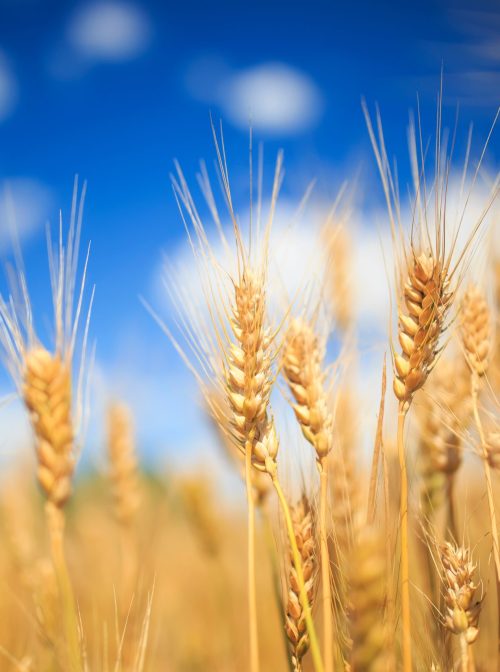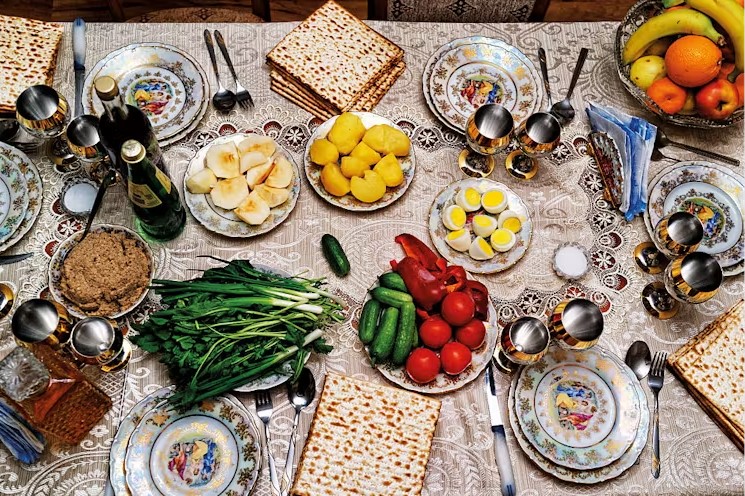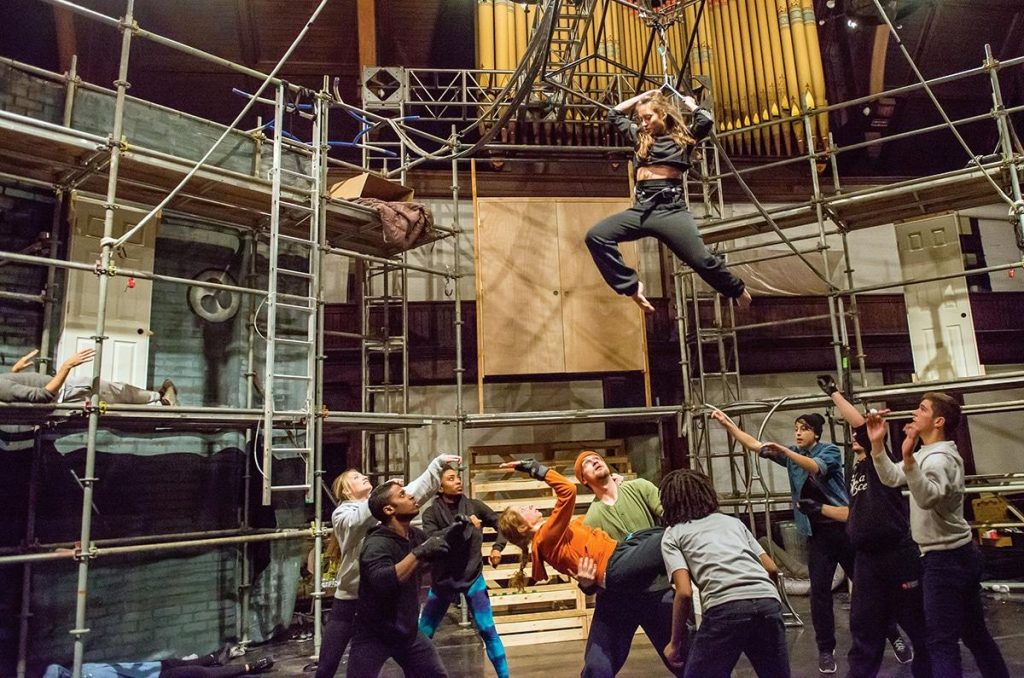Recently, I have been reflecting a lot on “counting.” It is such a basic, and yet ubiquitous, aspect of human experience.
From an early age, we learn to count concurrently with learning how to speak; we are taught how to count our fingers and toes, the pages in a book, or the days until a special event. Perhaps it is for this reason that those of us (attempting) to raise young kids often attune to this ceaseless counting: from counting seconds to ensure my three-year-old brushes his teeth for long enough, to listening to my ten- year-old demonstrate his growing ability to count (endlessly!) in French, to counting to three when I want either of them to stop what they’re doing, I spend a lot of my time as a parent counting.
But it is not just a child’s activity. We are incessantly counting time (months, days, hours, minutes); we count people for events or the dinner table; we count money (or the lack thereof), we count votes, we count tasks, we count grievances and/or blessings, we count the years of our lives, we count the victims of senseless gun violence, and my biblical namesake counted the animals “two by two.”
The Jewish ritual of “counting the omer,” which is currently being observed by Jews around the world, sparked these ruminations. Omer is the 49 days between the second night of Passover (Pesach) and the upcoming holiday of Shavuot. The practice of counting the omer is just that: each day, after sundown, we say a prayer and we tally aloud the number of days of the omer. Like many Jewish holidays, counting the omer has its origins both in the Torah (Leviticus 23:15-16) and the cycles of agricultural life in antiquity: the Israelites would bring sheaves of barley to the Temple in Jerusalem to thank God for their harvest (the word “omer” means “sheaf”).
Over the centuries, the temporal link between Passover and Shavuot grew into a thematic one. While Passover commemorates the story of the Exodus and the initial liberation of the Israelites from slavery, Shavuot—which is when Jews celebrate receiving the Torah from God at Sinai—marks the full realization of becoming liberated, as it was only through the Torah that the Israelites became a self-governing people with their own laws and moral code. Thus, counting the days between Passover and Shavuot symbolizes the ongoing process of moving from enslavement to freedom and is frequently overlaid with spiritual or mystical reflections.
Naturally, multiple religious and spiritual traditions have rituals of counting. Many Buddhists, Catholics, Hindus, and Muslims use prayer beads (sometimes called malas, tasbih, or rosaries) to count the repetition of mantras or prayers during meditation or devotion. The Baha’i Faith considers the number 9 to be sacred, while the Maya developed complex and intricate calendars to count the passage of cosmic time.
As someone who has personally struggled with a few obsessive compulsions, it seems to me that all this counting is, to a significant degree, an attempt to control a universe that frequently feels arbitrary and capricious. We count to create order and rhythm; to bring a semblance of harmony and predictability to an existence that can be so chaotic and ephemeral. But such incessant counting can become its own form of mental enslavement. We feel bound to our schedules and the unread emails in our inbox, to tally our accomplishments or failures, and to the expectations of the stage of life that our age represents.
Counting the omer teaches us that counting can also be redemptive. To be counted is to be seen, to register, to matter. How do we count the aspects of our lives in a way that might make our lives count? For what ideals do we wish to stand up and be counted? To which aspects of our society do we wish to say, “count me in”? How do we live life so that, as Abraham Lincoln said: “In the end, it is not the years in your life that count. It is the life in your years.”
At Interfaith America, I frequently find myself counting programs or participants or hours of training. But in the very simplest terms, the fundamental idea behind our work is that we all count, regardless of our backgrounds or beliefs. We count grants or programs or impact in the hopes that we can count the significance and contribution of every life to the feast of the human potluck. For it is only when every life counts that we can consider ourselves to be fully liberated.
So, as the Jewish community proceeds with the counting of the omer, and as we all continue to count both the minutiae and the profundities of daily life, let us commit ourselves to the redemptive act of seeing, appreciating, and counting each other.




